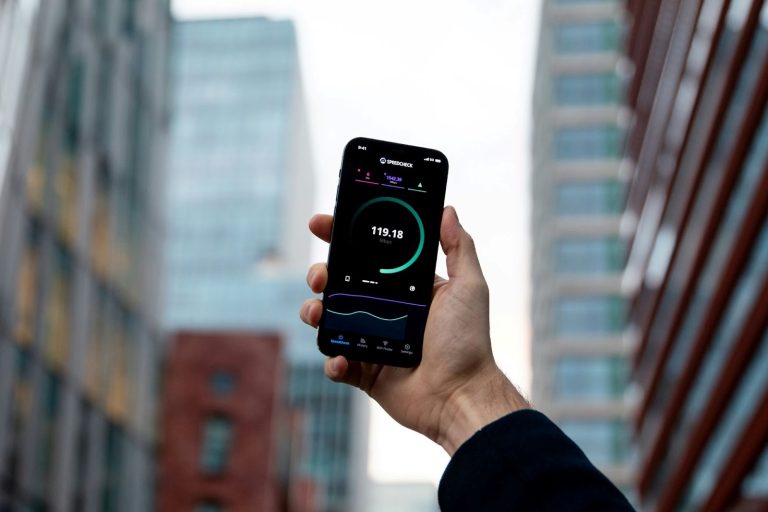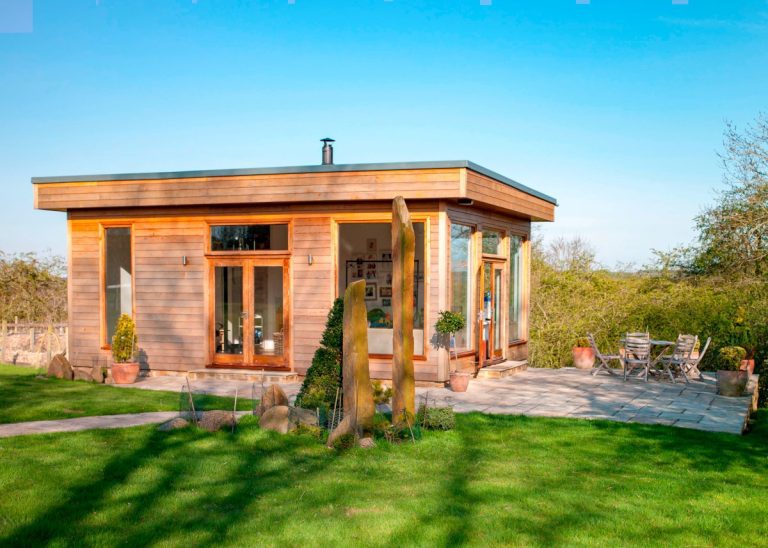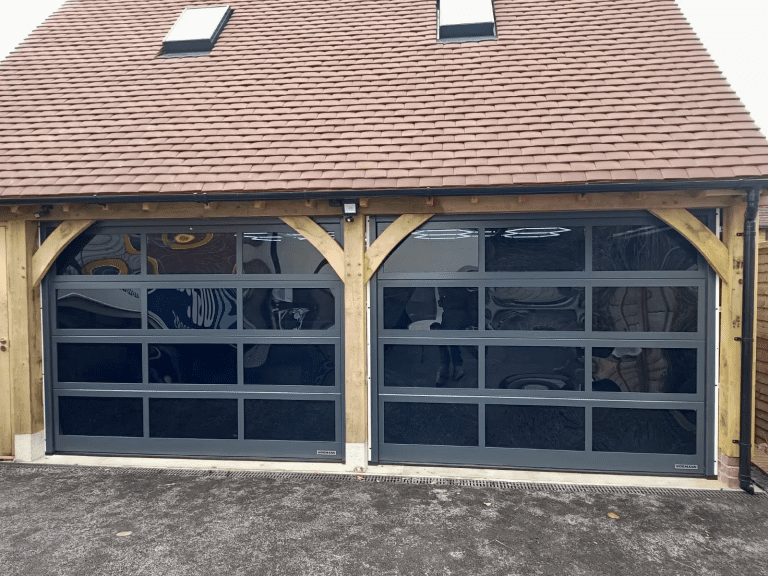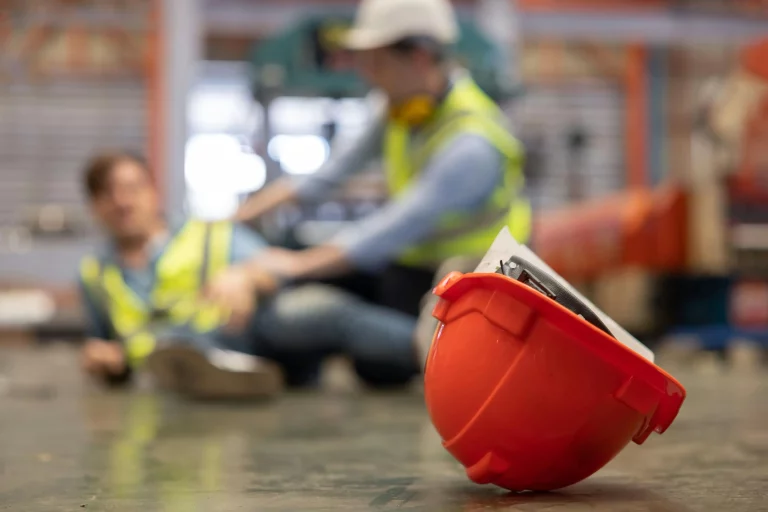The arrival of 5G is set to revolutionise customer service in Aberdeen, bringing lightning-fast speeds, ultra-low latency, and seamless connectivity. Businesses will have the tools to deliver instant responses, smarter automation, and immersive digital experiences, redefining customer interactions and expectations. With Aberdeen’s strong presence in oil and gas, finance, retail, and tourism, 5G will supercharge operations across all sectors. Enhanced communication, AI-driven support, and IoT-powered services will make customer service more efficient, responsive, and personalised than ever before. Hyper-Personalised and Predictive Customer Experiences 5G will unlock the full potential of big data and AI, allowing Aberdeen businesses to personalise customer interactions like never before. Real-time data processing will enable companies to analyse customer behaviour and tailor their services accordingly. E-commerce platforms will offer AI-driven recommendations based on browsing history and previous purchases. Hotels and restaurants will personalise offerings based on past visits, providing exclusive discounts and customised experiences. Telecom providers will use predictive analytics to identify potential service disruptions and resolve issues before customers even notice a problem. This results in more relevant, engaging, and satisfying customer interactions that foster long-term loyalty. 5G will also enhance loyalty programmes, allowing businesses to offer real-time rewards based on customer behaviour. Smart stores can push personalised discounts to customers’ smartphones as they enter a store, enhancing engagement and boosting sales. The gaming industry is another sector set to benefit immensely from 5G technology. With faster speeds and reduced latency, players will experience uninterrupted gameplay, smoother graphics, and real-time multiplayer interactions. As a result, online gambling platforms will also thrive. Players looking for a full UK slot games list with an extensive range of options can use professional review sites to identify the best and safest platforms that offer unique gaming experiences, attractive freebies, and security, getting the most out of 5G technology. These advancements will not only enhance user satisfaction but also drive engagement and revenue for gaming operators. Faster Connectivity and Zero Delays 5G’s speed is up to 100 times faster than 4G, eliminating frustrating wait times. Aberdeen businesses will respond to customer queries in real-time, ensuring a frictionless experience. Call centres, retailers, and online platforms will run more efficiently, with crystal-clear video calls, uninterrupted live chats, and smooth virtual consultations. With near-zero latency, businesses can provide seamless support without delays, keeping customers engaged and satisfied. In banking, healthcare, and tourism, this reliability will be crucial for delivering instant, high-quality service. The retail sector will particularly benefit, as 5G enables faster payment processing, reducing queues and enhancing in-store experiences. Digital signage and personalised promotions can be updated in real time, offering targeted deals based on consumer behaviour. AI-Powered Support and Smarter Chatbots AI-driven customer service will become smarter and faster with 5G. Virtual assistants and chatbots will process queries instantly, offering accurate, human-like responses. Aberdeen’s businesses will benefit from AI-powered customer service that can handle high volumes of inquiries while freeing human agents for more complex cases. Retailers will integrate AI-driven chatbots on websites and apps, ensuring customers receive instant support 24/7. Call centres will use voice recognition AI to manage basic inquiries, improving efficiency and reducing costs. Businesses will be able to resolve issues in seconds, enhancing customer satisfaction and brand loyalty. AI systems will also provide sentiment analysis, enabling businesses to gauge customer satisfaction in real time and adjust responses accordingly. Proactive support will become the norm, with AI predicting customer issues before they arise and offering solutions before customers even need to ask. Augmented and Virtual Reality for Next-Level Experiences Aberdeen’s businesses will harness 5G-powered augmented reality (AR) and virtual reality (VR) to create immersive customer experiences. Car dealerships will offer virtual showrooms where customers explore vehicles in 3D. Fashion retailers will implement AR fitting rooms, letting customers “try on” clothes using smartphones. Hotels and attractions will provide VR tours, helping tourists make informed choices before booking. 5G’s high-speed connectivity will eliminate lag, making AR and VR interactions smooth and ultra-realistic. This will not only attract tech-savvy consumers but also set Aberdeen businesses apart in an increasingly competitive market. For technical support services, AR will enable remote troubleshooting, where customers can point their phone cameras at a malfunctioning device and receive step-by-step guidance through AR overlays. This will reduce service costs and enhance efficiency. Remote Customer Service Without Compromise The shift to remote service will accelerate with 5G. Businesses can operate virtual customer service teams with high-definition video calls and voice communication tools that function flawlessly. Financial institutions will offer remote consultations, allowing customers to access expert advice from anywhere. Healthcare providers will expand telemedicine services, ensuring uninterrupted, high-quality care with real-time consultations. By eliminating connectivity barriers, 5G makes remote support as effective as in-person service. Businesses will save on operational costs, while customers enjoy unparalleled convenience. Education and training services will also see major improvements. Customer service teams can undergo real-time training through VR simulations, enhancing their ability to handle queries efficiently. Remote learning for customers will become interactive, with companies offering guided VR tutorials for complex product setups. Smart IoT Integration for Proactive Service Aberdeen is evolving into a smart city, and 5G will turbocharge the adoption of IoT-enabled customer service. Businesses will anticipate customer needs before problems arise, using connected devices and real-time data insights. Smart home service providers will use IoT sensors to detect appliance faults, automatically scheduling maintenance before breakdowns occur. Utility companies will track energy usage and provide personalised efficiency tips, helping customers save money. In retail, smart shelves and automated inventory systems will ensure products are always available, reducing frustration and lost sales. In transportation, real-time tracking and predictive maintenance will enhance customer service. Aberdeen’s public transport services can use IoT-enabled sensors to monitor vehicle performance, reducing unexpected delays and providing passengers with accurate arrival times. Fortified Security and Trust As digital transactions surge, cybersecurity is a top priority. 5G networks come with advanced encryption, network segmentation, and enhanced authentication features, keeping customer data safe from cyber threats. Aberdeen’s financial institutions, online retailers, and service providers will integrate biometric security, such














